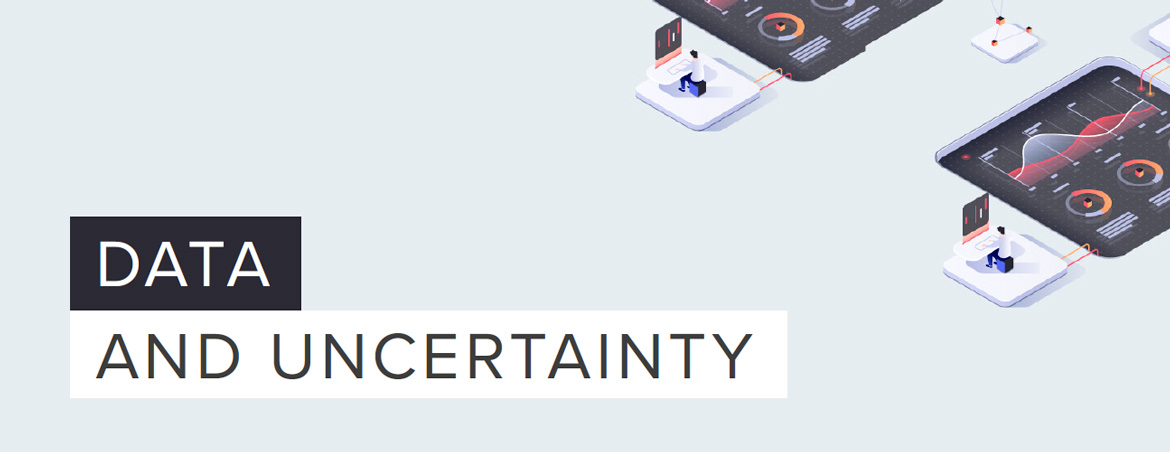Few would deny that Donald Trump’s thinking has been all over the place in terms of the virus. He consults with scientists and relies on scientific advice, and then tells the Great American Public that the metrics he will use to determine when and how to relax the lockdown are ‘in here’ (pointing to his head). He says he understands the need for lockdown but encourages insurrection by those who want to ignore social distancing and ‘liberate’ America. Confused, or what?
Yet he has my sympathy. He is the embodiment of Data Breakdown. In times of hyper-uncertainty historical data is often invalid as an indicator of future outcomes, and alternative data on the same issues (what Kellyanne Conway called Alternative Facts) become more prolific and more confusing. So increasingly decisions are made on the basis of opinion. And the one thing we can say about the US President is that he is confident in his own opinions.
Negotiations are very data-driven. When data reliability breaks down and opinionated outcomes become more common negotiators need to ask ‘what are the determinants of opinion?’ Books have been written, and I have only a few hundred words, so selectively here are five ideas:
- Peer pressure. We tend to be swayed by other people’s opinions if they are widely held. BBC journalist Fiona Bruce wrote and presented a documentary on Leonardo da Vinci this week. Of course, she went to the Louvre to look at the Mona Lisa close up. Although she confided to the camera that she was underwhelmed by the painting – in her opinion it was small, and dark, and uninspiring, millions of people flock (correction – used to flock) to the museum every year to see the painting which general opinion holds to be the most famous painting in the world.
- Opinion presentation. Opinions have a better chance of becoming widely accepted when they are set in an anecdotal background. We have all seen Facebook coronavirus ‘cures’ like drinking very hot water and gargling with salt which are always prefaced by an anecdote – ‘My wife’s sister’s Pilates teacher is married to a consultant ICU doctor at St Thomas’s who says that……’
- However barmy the idea, say it often enough and it begins to take hold. 5G telephone masts being responsible for coronavirus is a case in point.
- The Power of the Gun. Just as in the Old Wild West; where law and order breaks down the opinion of the most powerful takes over. When you don’t know what to believe because the data is all over the place you are most likely to believe who you think is the most authoritative source. The BBC? Or Fox News? Or Russian TV? Matt Hancock? Or Jonathan Ashcroft? Or Munira Wilson? Or David Icke?
- Cognitive Dissonance. We want to believe that in this crisis the Government are doing a good job (our lives depend on it). So we are prepared to believe the data they give us about the millions of items of PPE that they say have been sourced and shipped, and their herculean efforts to get more. We want to believe the front line doctors and nurses (our lives depend on them) who provide data on the chronic shortages of PPE they are actually experiencing. We fail to rationalise the chasm between the two sets of data. So we are left to form an opinion about which set of data is more right, and we do so on the basis of which causes us less feeling of discomfort (dissonance).
You may wonder if all this is just theoretical whimsy. It is not. Over the next few years, the availability of accurate and informative data will be limited by the continuing uncertainty which will define the new ‘normal’. Opinions in deal-making will be increasingly important, and understanding how we, and our counterparties, form our opinions will be key to outcomes.
At least, that’s my opinion.
[image not found]
[image not found]

